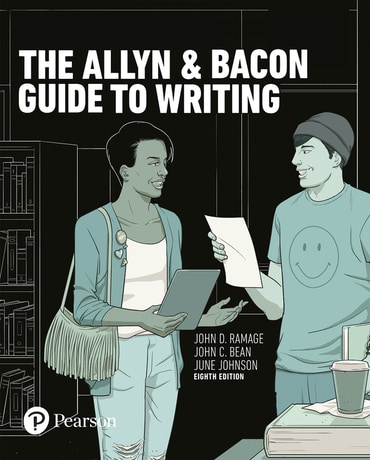
Revel
Inspire engagement through active learning. Revel® integrates interactives and assessments into a compelling digital narrative. By applying concepts as they read, students immerse themselves in learning, deepening their understanding. This mobile, user-friendly platform empowers students to learn and study on the go, anytime, anywhere, on any device.


